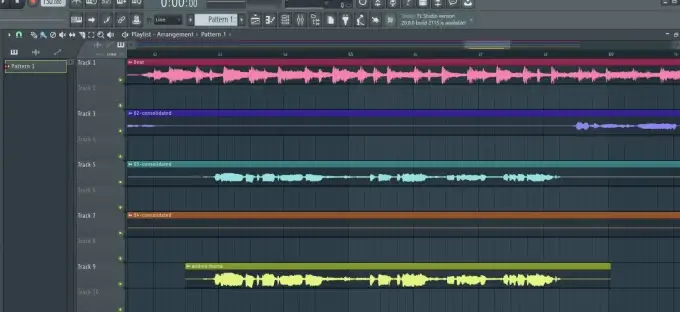Keeping up with the previous part about the essential components to finish a vocal chain. A strong vocal chain is critical to the completed sound of a studio recording. After all, for today’s audiences, vocal tracks must sound polished and powerful. But what exactly is a professional vocal chain? What elements are present, and how do they function? In this article, I’ll dissect a typical vocal chain and explain how each component contributes to music mixing. Let’s discover more with us!
5. De-esser
Sibilance is the cruel scraping sound that generally happens when a vocalist sings the ‘s’ syllable in a phrase.
It may be particularly distracting with some singers and microphones, so there’s a complete class of processors designed to assist cut back it.
These are known as de-essers. A de-esser is a type of compressor that works by lowering the signal’s gain only when the harsh’s’ sounds occur.
Since some EQ and compression settings could make sibilance extra obvious, most engineers use a de-esser sooner or later of their vocal chain to maintain it below management.
6. Widening
Up to this point, you could utilize all the effects I’ve mentioned one after the other in a series.
They’d be added to the insert results portion of the channel strip for the primary vocal monitor.
The following three would usually seem on aux send channels in a parallel configuration.
If you only need the fundamentals, all you need to know is that any effects that generate a separate wet and dry signal are typically used on separate tracks.
Setting the effects signal to 100% wet on its own dedicated aux return channel allows you to precisely blend the wet and dry signals using the DAW’s mixer.
Then, this makes it easier to manage in a busy mix.
One widespread impact used like this in a vocal chain is widening. Typically known as detune or micro pitch, widening is a delicate type of modulation effect that creates a way of stereo depth.
Typically, people use it in vocal chains to create a larger-than-life, enveloping sound that gives vocals a three-dimensional quality.
7. Delay
One other impact used on an aux send is a delay.
Delay is the echo impact that creates rhythmic repeats that decay away into the ambient wash.
It may be delicate or psychedelic, nevertheless, it’s a key part of vocal chains for the best way it helps a vocal mix into the feel.
One widespread kind of vocal delay is a brief stereo setting with barely totally different delay time parameters for the left and proper repeats.

